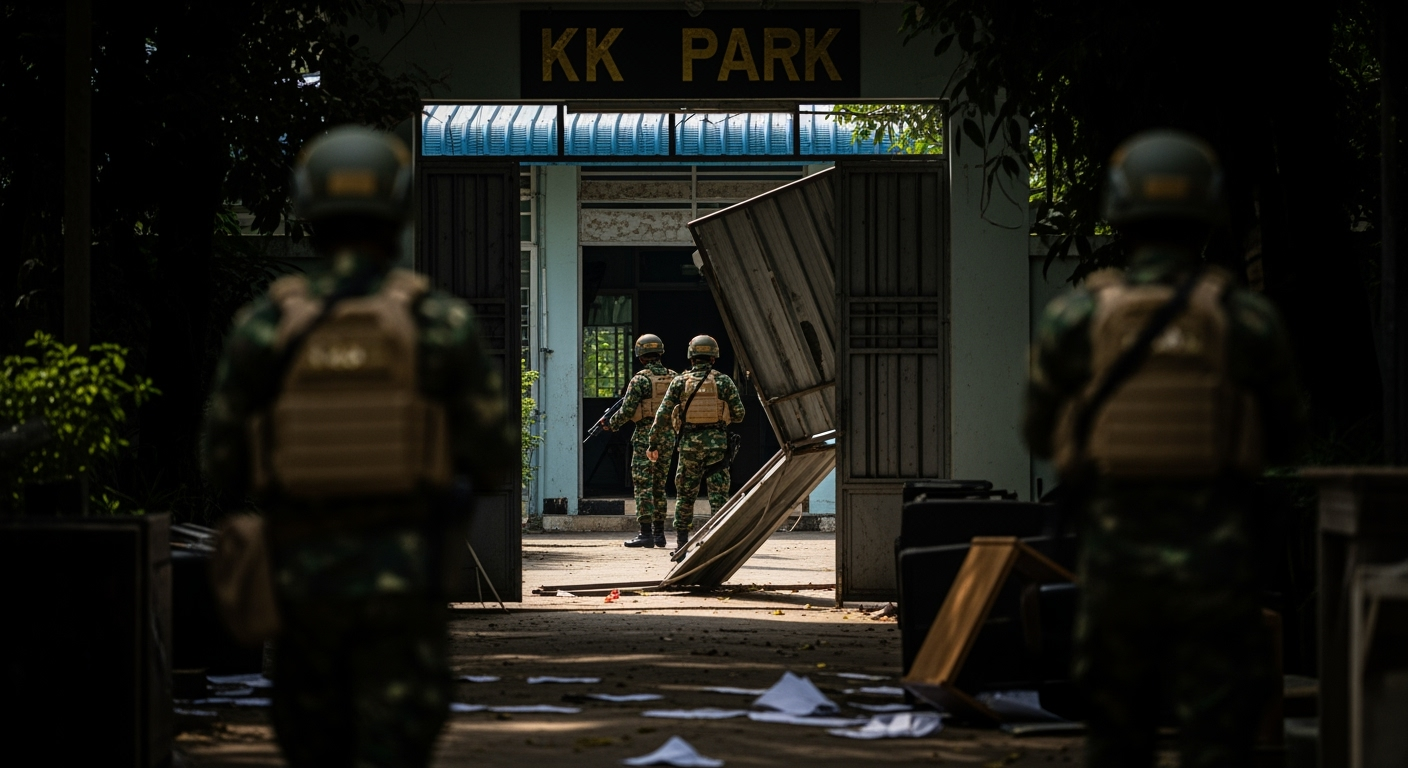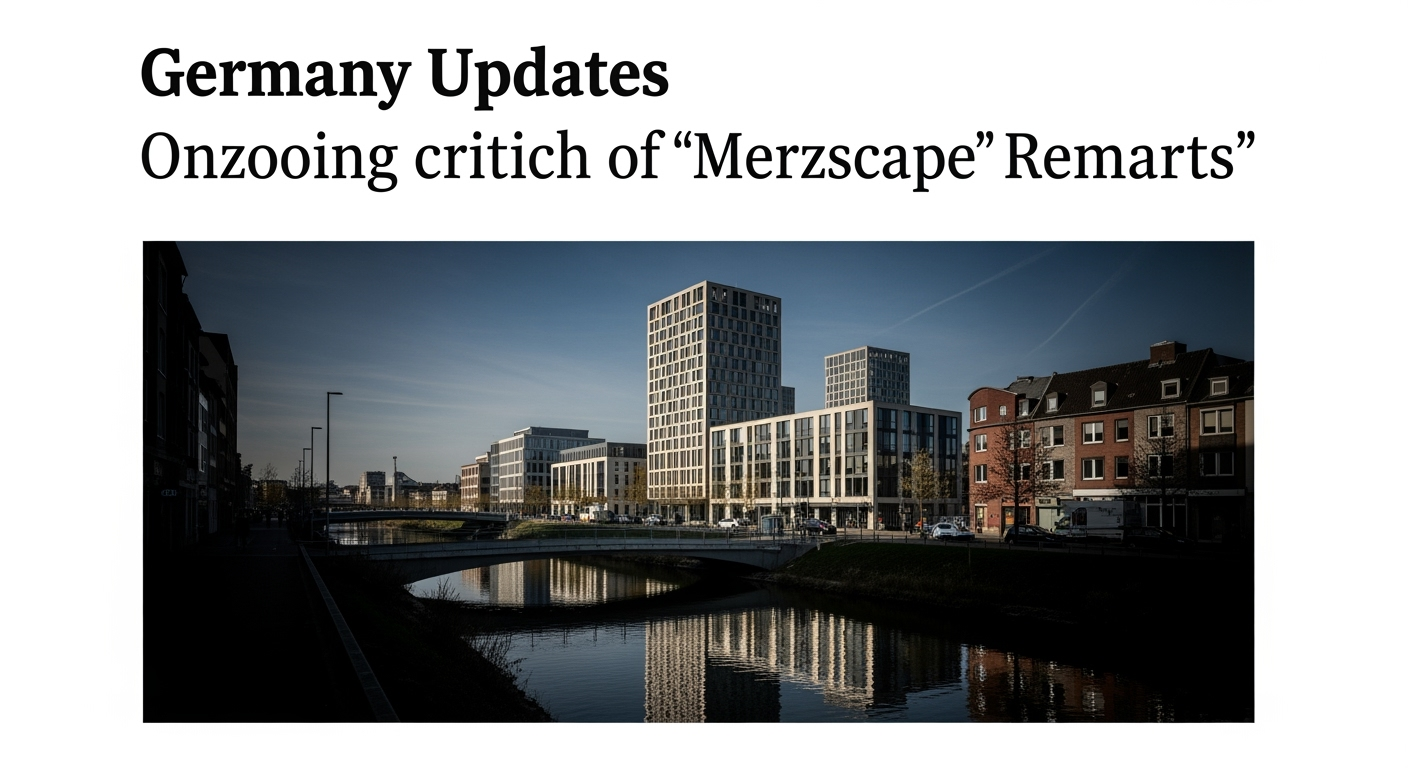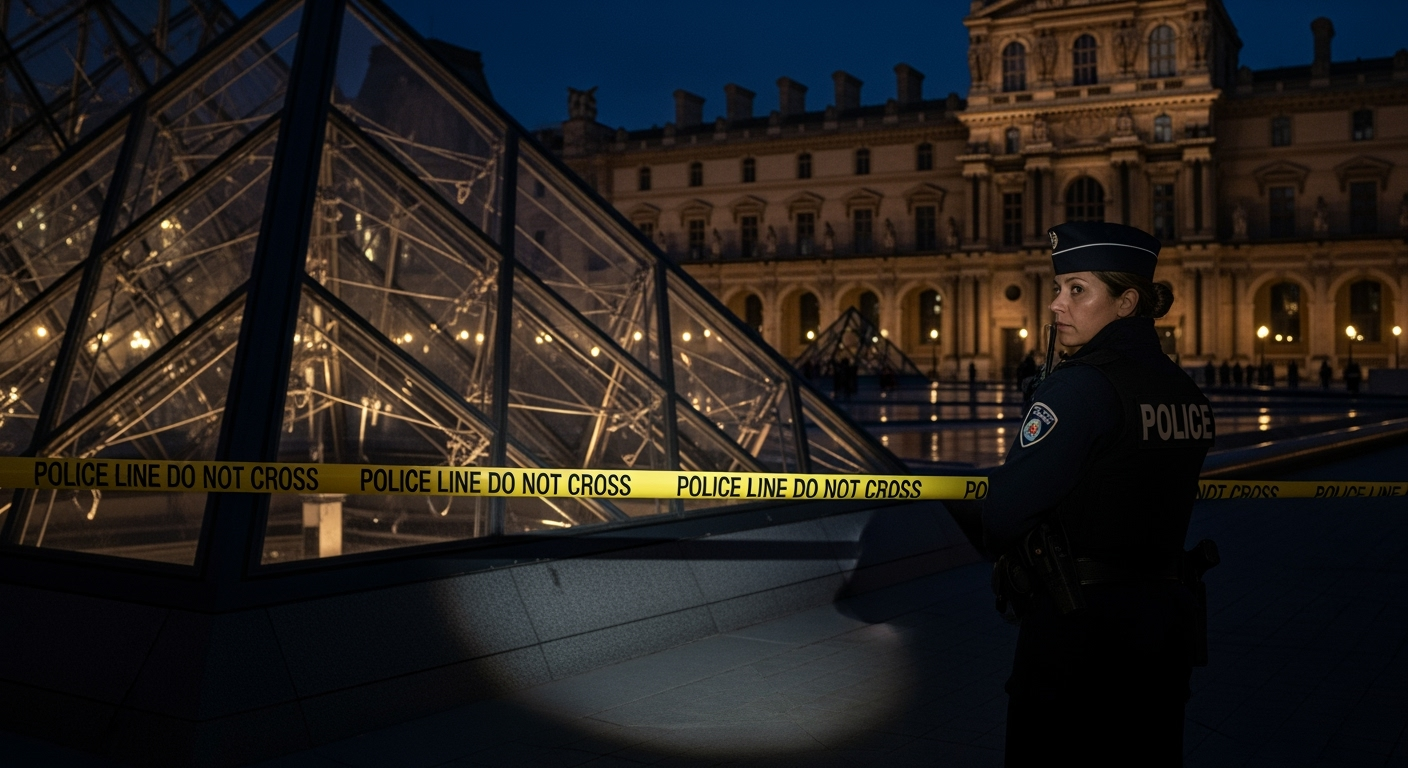Related Articles

Myanmar Military Raids Notorious Cyberscam Hub, Detaining Thousands and Seizing Advanced Equipment

Former French President Nicolas Sarkozy Begins Prison Sentence for Campaign Finance Conspiracy





PARIS – In a meticulously executed daylight robbery, a team of audacious thieves infiltrated the world-renowned Louvre Museum on Sunday, October 19, making off with nine priceless pieces of historic French crown jewels. The brazen heist, which unfolded just moments after the museum opened its doors to the public, has sent shockwaves through France and the international art world, prompting an immediate lockdown of the iconic institution and a massive manhunt for the perpetrators. French authorities have confirmed the theft targeted the revered Galerie d'Apollon, home to artifacts of "inestimable heritage and historical value," raising urgent questions about security protocols at one of the globe's most visited cultural landmarks.
The sophisticated operation commenced around 9:30 AM local time, approximately half an hour after the museum had begun admitting visitors. According to French Interior Minister Laurent Nuñez, the heist was a "highly organized operation" executed by an "experienced team" that had clearly conducted prior reconnaissance. The thieves, believed to be three to four individuals, gained entry via a construction access point along the Seine-facing facade of the museum, utilizing a basket lift or furniture hoist to reach a second-floor window. Some reports indicate two of the individuals were disguised as workers in yellow vests.
Upon reaching the Galerie d'Apollon, the perpetrators reportedly used angle grinders or disc cutters to smash through display cases, targeting specific items from the collection. The entire raid, from entry to escape, was completed with astonishing speed, lasting between a mere four and seven minutes. Among the nine objects stolen were a sapphire diadem, necklace, and earring set linked to 19th-century French Queens Marie-Amélie and Hortense; an emerald necklace and matching earrings that once belonged to Napoleon Bonaparte's second wife, Empress Marie-Louise; a reliquary brooch; Empress Eugénie's diadem; and her significant corsage-bow brooch. This imperial ensemble, cherished for its 19th-century craftsmanship and provenance, constitutes a significant loss to France's cultural patrimony. Alarms were triggered, and museum security personnel responded, but the thieves had already made their escape on motorcycles or scooters, fleeing towards the A6 motorway. In their haste, one of the stolen pieces, Empress Eugénie's imperial crown—adorned with over 1,300 diamonds and 56 emeralds—was reportedly dropped and later recovered outside the museum, albeit in a damaged state. No injuries to staff or visitors were reported during the incident.
The audacious nature of the robbery, occurring in broad daylight with visitors present, has cast a harsh spotlight on security measures at the Louvre. Despite recent upgrades that include "new-generation cameras" and a new security control room, critics are questioning whether these enhancements are sufficient for a museum housing over 33,000 objects and welcoming nearly nine million visitors annually. Magali Cunel, a French teacher from near Lyon, expressed widespread disbelief, stating, "It's just unbelievable that a museum this famous can have such obvious security gaps."
The incident follows a June staff walkout over overcrowding and chronic understaffing, with unions asserting that mass tourism and reduced personnel leave too few eyes on too many rooms, creating vulnerabilities, particularly in areas undergoing renovation. One union source reported that the equivalent of 200 full-time security posts had been cut over the past 15 years. Interior Minister Nuñez acknowledged that securing museums represents a "major weak spot," a sentiment echoed by Justice Minister Gérald Darmanin, who admitted, "What is certain is that we have failed, since people were able to park a furniture hoist in the middle of Paris, get people up it in several minutes to grab priceless jewels, and give France a terrible image." The use of a construction access point further emphasizes concerns that ongoing renovation projects, intended to enhance the museum, may inadvertently create exploitable entry points.
The theft is not merely a criminal act but a profound "cultural and symbolic blow" to France's global reputation as a guardian of world art and heritage. President Emmanuel Macron, reacting to the news, stated on X that "The theft committed at the Louvre is an attack on a heritage that we cherish because it is our History." He pledged that France would "recover the works, and the perpetrators will be brought to justice."
The stolen Napoleonic jewels possess an "inestimable heritage and historical value" far exceeding any market price, making their loss particularly devastating. Art crime experts, such as Tobias Kormind, managing director of 77 Diamonds, warn that recovery will likely be arduous. "It's unlikely these jewels will ever be seen again," Kormind said, noting that "professional crews often break down and re-cut large, recognizable stones to evade detection, effectively erasing their provenance." This echoes the challenges faced in other high-profile art thefts, where valuable pieces often disappear into illicit private collections or are dismantled.
The Louvre has a history of thefts and attempted robberies, with the most famous being the 1911 disappearance of the Mona Lisa, which was recovered two years later. More recently, pieces of 16th-century armor stolen in 1983 were only recovered nearly four decades later. This latest incident, however, is being compared to Europe's most audacious museum thefts in recent history, including the 2019 Dresden Green Vault robbery, given its daylight timing and the museum's high profile.
As the Paris Criminal Brigade leads the investigation into organized theft and criminal conspiracy, authorities are meticulously reviewing CCTV footage from the Denon wing and the riverfront, examining the basket lift used, and interviewing museum staff who were present during the opening hours. The museum's management confirmed the closure was to allow police to conduct a thorough forensic examination and for internal security protocols to be reviewed and reinforced.
Culture Minister Rachida Dati confirmed her presence on-site with museum teams and police, underscoring the gravity of the situation. The incident is expected to trigger a broader review of museum security systems across Europe, particularly for institutions displaying priceless works. The Louvre itself is part of a multi-million-euro overhaul plan that includes heightened security measures, though unions hope future investments will adequately address the need for robust physical surveillance. The challenges ahead are significant, from locating the stolen artifacts to restoring public confidence in the security of France's cultural treasures. The ongoing investigation aims not only to apprehend those responsible but also to prevent such a blatant violation of cultural heritage from recurring.